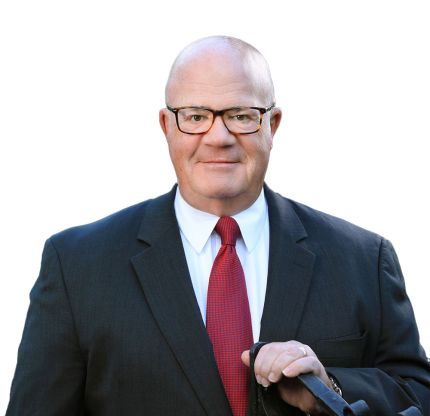

HAMMERS, NAILS, PEWS AND HEARSES
 My discussion of reinvention / transformation has sparked more comment (online and offline) than most any other topic. Clearly it is on every one’s mind. As we continue to explore this topic it is important…maybe critical…that we realize that we have an obligation to ourselves and to the public to be conscious of keeping a balance between the radical and the superficial.
My discussion of reinvention / transformation has sparked more comment (online and offline) than most any other topic. Clearly it is on every one’s mind. As we continue to explore this topic it is important…maybe critical…that we realize that we have an obligation to ourselves and to the public to be conscious of keeping a balance between the radical and the superficial.
Almost all the responses, comments and in depth discussions have revealed to me a classic blind spot. A blind spot that inevitably appears in such a discussion. In addressing this blind spot it is essential that balance be at the forefront of our thinking or we will automatically tip in one direction or the other.
If the only tool I have is a hammer…
 …then every problem is a nail. We have heavy investments in the past…financially, emotionally and culturally. A total break will be hard and that is not what I am suggesting will be necessary in all cases. But just because you have a facility, pews and a hearse does not necessarily mean that your future will need those things. Maybe it will…maybe it won’t. Or, maybe it will be in a different form.
…then every problem is a nail. We have heavy investments in the past…financially, emotionally and culturally. A total break will be hard and that is not what I am suggesting will be necessary in all cases. But just because you have a facility, pews and a hearse does not necessarily mean that your future will need those things. Maybe it will…maybe it won’t. Or, maybe it will be in a different form.
In the past, transformation in our profession often occurred around the facility (call it facility-centric). In this new era that may be true…in some cases. But in others your facility and all its accouterments may prove to be a significant liability. From what I am seeing one of several scenarios may include “virtualizing” your facility or not having a facility at all. Additionally, current trade area assumptions may no longer be valid. The standard 3-5 mile city radius may no longer be valid as we see people willing to travel much longer distances to get what they want.
For Example: As I visit funeral homes today I always get a sinking feeling when I see “fixed” pews. Notice, if you will, that many churches built in recent years have abandoned these and replaced them with comfortable movable chairs. This turns the sanctuary into a multi-purpose room (we had basketball nets that rolled up in the ceiling in ours) that gives a more informal tone and also allows a high degree of flexibility.
Most families now forego the private family room. Opting, instead, to sit with their guests. I expect that future services may be set up in semi-circle or even circle format. I recently attended a quaker funeral set up in their traditional square with attendees facing each other. That would have been impossible with fixed pews.
I am not picking on pews. I am saying that EVERY item in our toolkit needs to be examined. Some of you will need to reinvest in that building even if you just redecorated because now you know things you didn’t know before. Some of you will learn that you can use your current facility as a “base of operations” and create a “virtual” facility by developing relationships with churches and banquet facilities in other communities outside your normal service area. Others will see opportunity in bi-furcating their business into separate service areas in order to expand outside the funeral business.
Oh, and about hearses…
I read an article a couple of years ago that said most “Boomers” were expected to “age-in-place”. Meaning they weren’t going to retire to Florida like their parents. They were just going to stay where they were. I have been in more funeral homes than normal this year. Is it me? Or are there a lot of hearses “aging-in-place?” My guess is that they are getting used less and less so people are keeping them longer.
Our Blogging Expert

Business Consultant / Owner
Popular Articles
